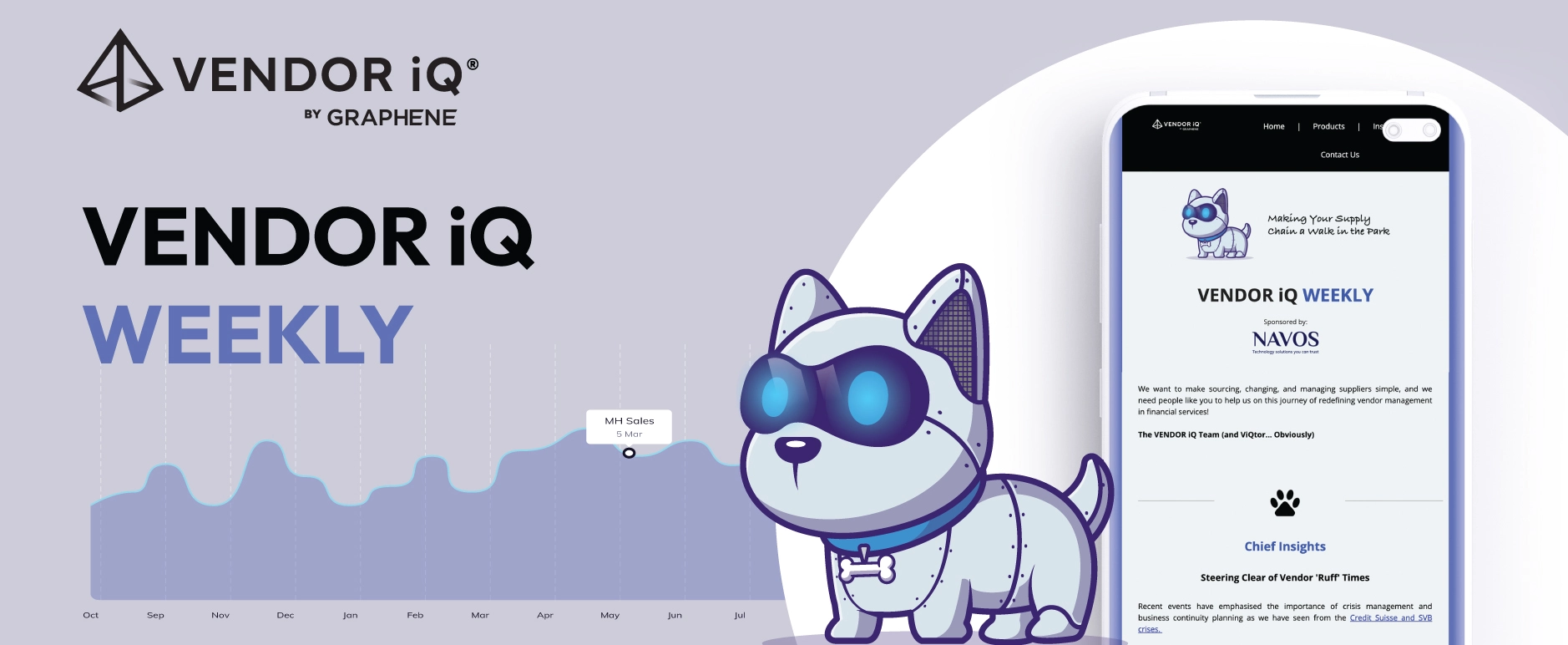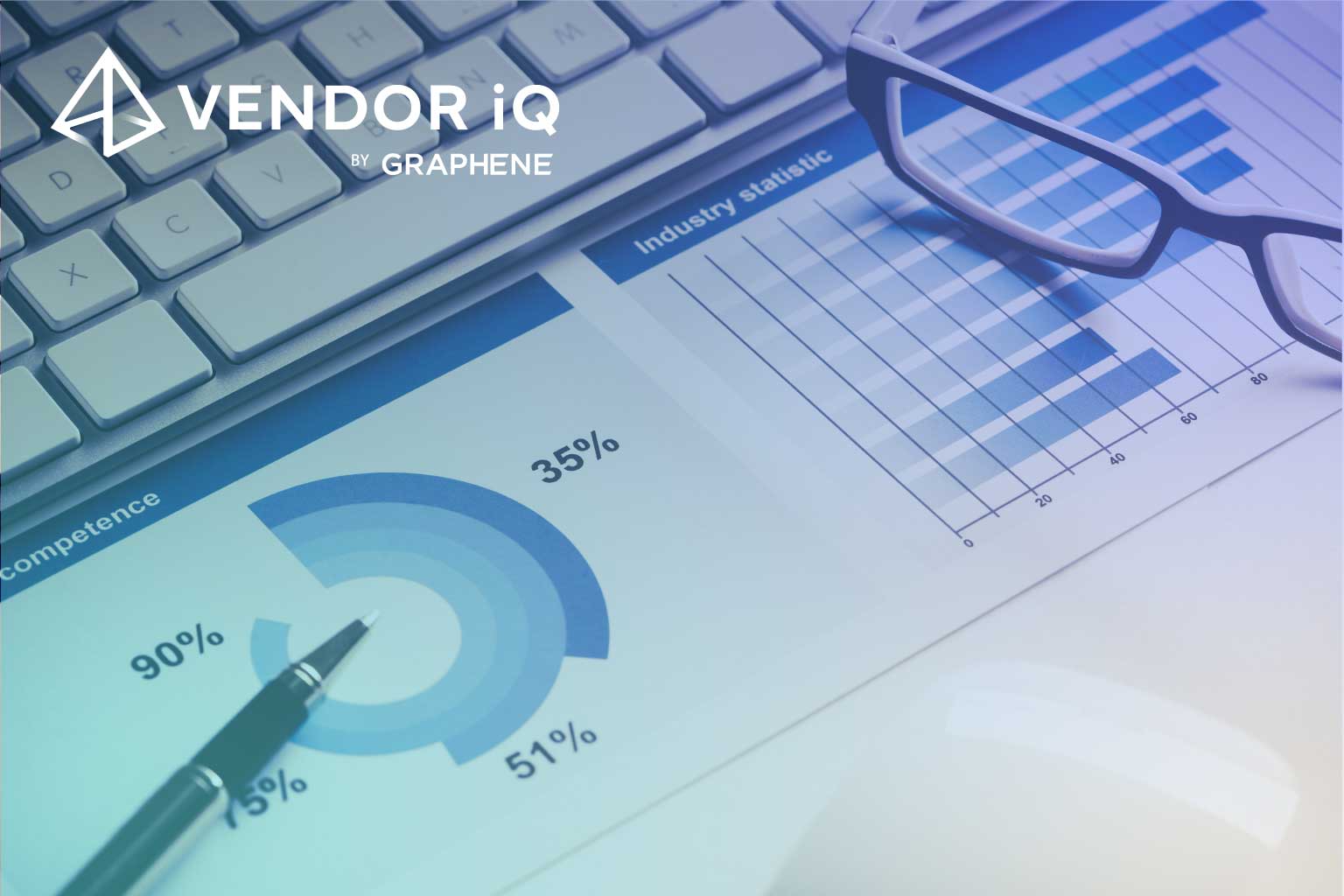A challenge to wealth and asset managers
In the world of wealth and asset management, the effectiveness of vendor relationship management (VRM) processes is pivotal for operational excellence and risk mitigation. Notable distinctions arise between organisations with well-established VRM processes and those grappling with less sophisticated methods.
Let’s explore the disparities, delve into examples, and pinpoint five crucial areas demanding the attention of wealth and asset managers.
Understanding the Operational Spectrum
Less Refined Approach:
- Lack of a centralised record or dedicated VRM solution for data storage.
- Absence of a clearly defined contract lifecycle management system.
- Limited awareness or proactive management of risks.
- Manual and time-consuming vendor onboarding processes.
- Restricted visibility into vendor performance, expenditure, or obligation fulfilment.
More Developed Approach:
- Documentation of processes spanning the contract and vendor lifecycle.
- Swift identification, mitigation, and resolution of vendor risks.
- Automated vendor onboarding and adept data delegation.
- Transparent communication and cultivating positive relationships with vendors.
- Integration of vendor scorecards for vigilant performance monitoring.
Illustrations of Vendor Management Processes
1. Risk Management: Financial institutions meticulously scrutinise vendor risk, considering factors such as financial stability, cybersecurity, and adherence to regulations like GDPR.
2. Due Diligence and Continuous Monitoring: Rigorous evaluation of vendor performance, adherence to service level agreements (SLAs), and regular financial audits ensuring sustained compliance.
3. Data Security and Privacy: Implementation of stringent measures guaranteeing vendor compliance with data protection laws and standards.
4. Contract Management: Establishment of thorough contracts featuring explicit terms, penalties for non-compliance, and effective dispute resolution clauses.
5. Regulatory Compliance: Ensuring vendors align with relevant industry standards and regulations, fostering a compliance-driven vendor management approach.
5 Key Focus Areas for Robust Vendor Management
1. Vendor Segmentation
Categorise vendors based on strategic significance. Centralise data into a bespoke vendor management solution to streamline the efficient management of vendor relationships.
2. Spend Visibility
A profound understanding of the financial impact of vendor relationships is imperative. Investing in advanced vendor management software enables visualisation of spend data, analysis of comprehensive reports, and scrutiny of forecasted versus actual spend for enhanced control.
3. Collaboration
Promote open communication and collaboration with vendors, fostering innovation and cost-effectiveness. Implementing a Vendor Portal facilitates streamlined onboarding, data collection, and the automation of essential processes.
4. Vendor Management KPIs
Define and implement Vendor Key Performance Indicators (KPIs) to track historical performance, compliance with contractual obligations, user satisfaction, business risk, and obligation fulfilment. Employ Balanced Scorecards for in-depth insights.
5. Vendor Risk Management
Continually monitor and develop contingency plans for diverse risk areas, taking into account industry-specific risks such as cyber security breaches, bribery, and corruption.
Addressing these critical areas empowers wealth and asset managers to elevate their VRM processes, mitigate risks effectively, and cultivate positive, productive relationships with vendors. Regular evaluation and refinement are imperative for sustaining a mature and efficacious vendor management strategy.
As we step into 2024 don’t miss out on this opportunity to transform your vendor management. Join the ranks of industry leaders who trust VENDOR iQ for unparalleled efficiency and reliability.





